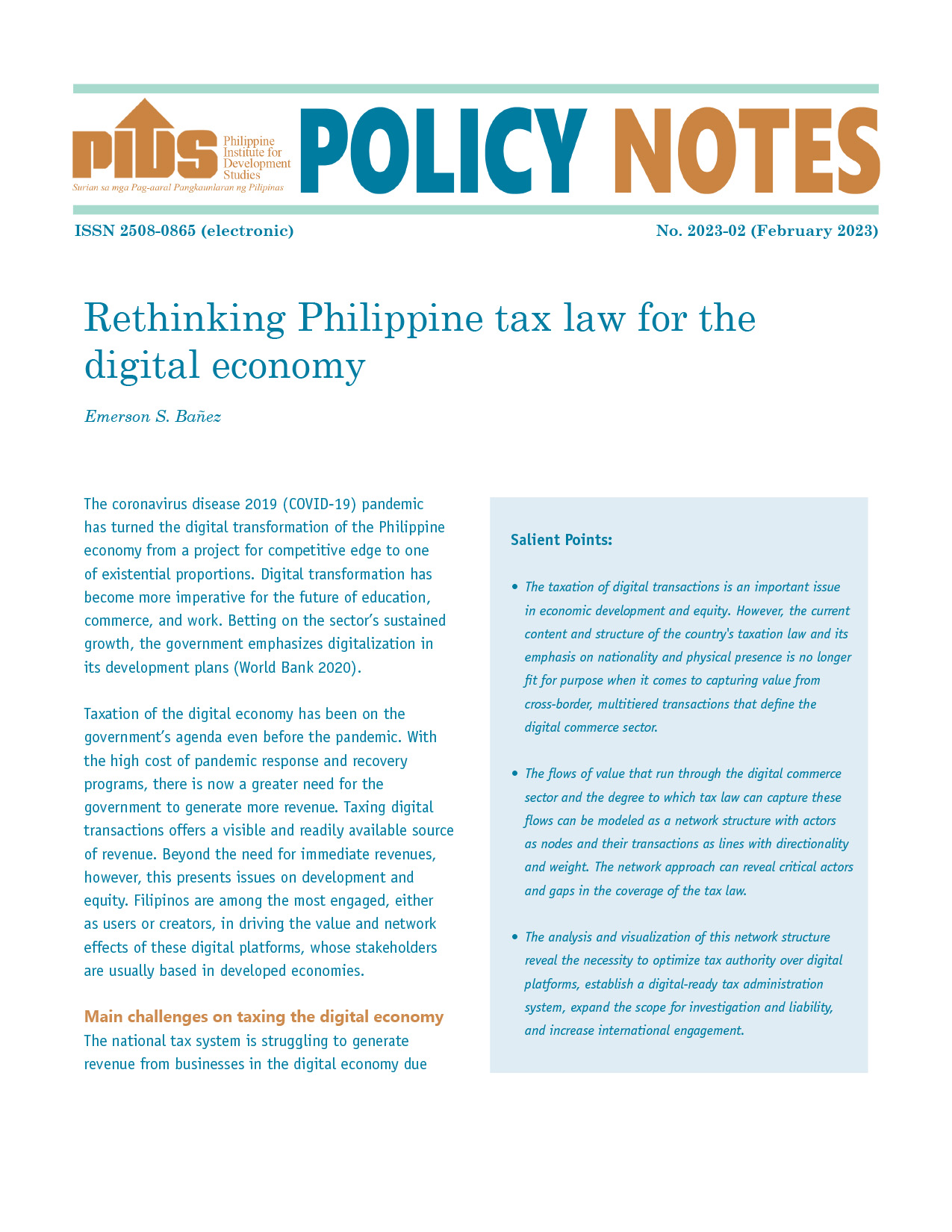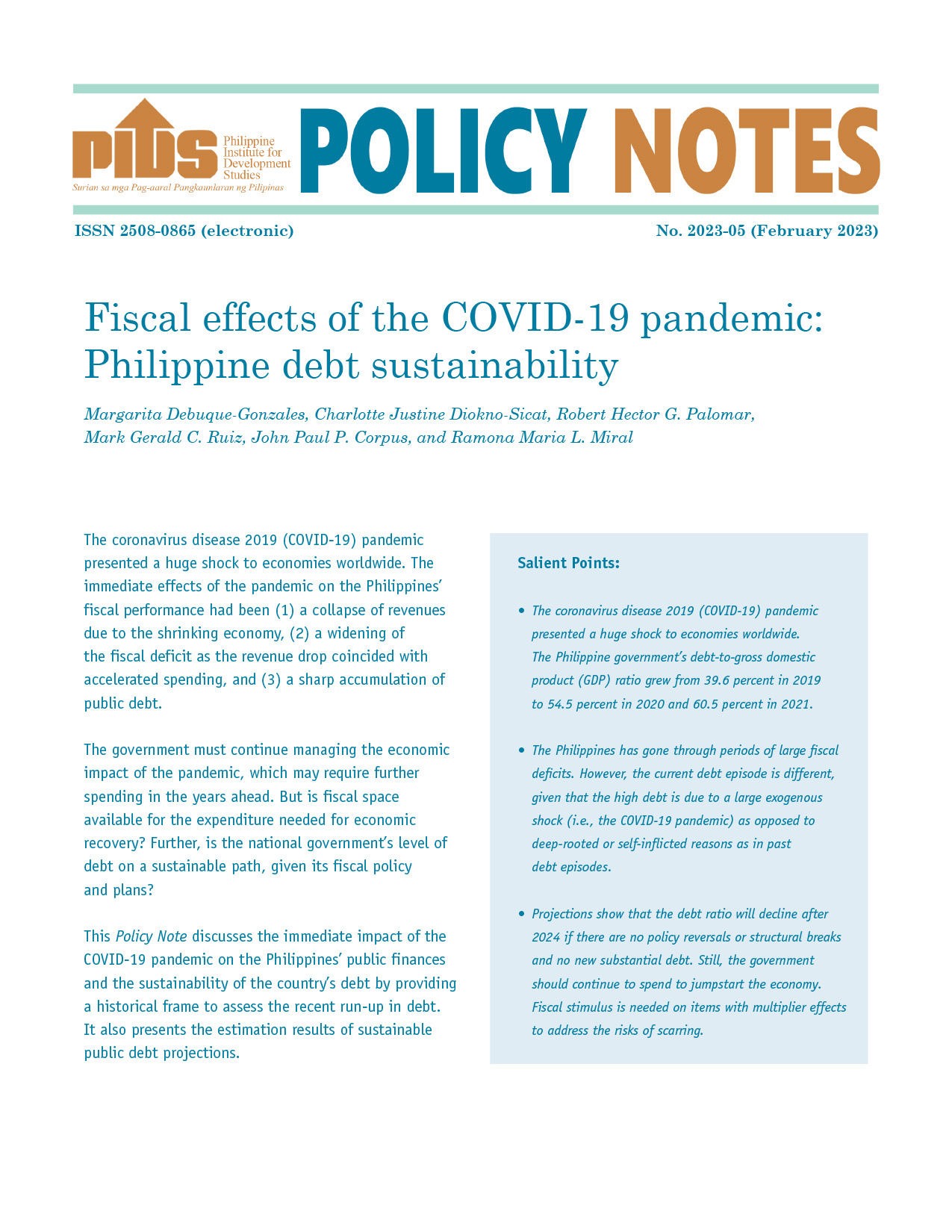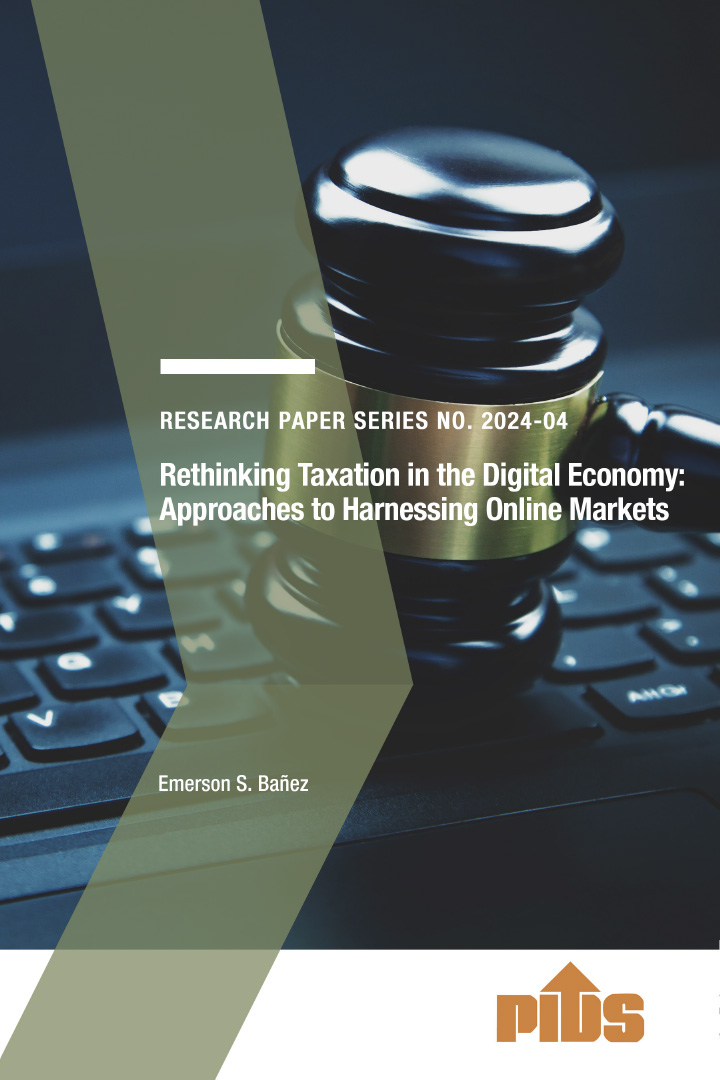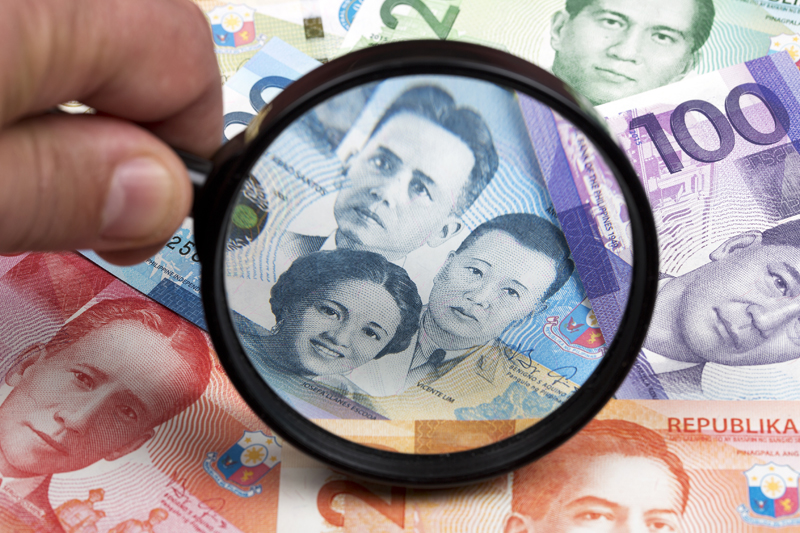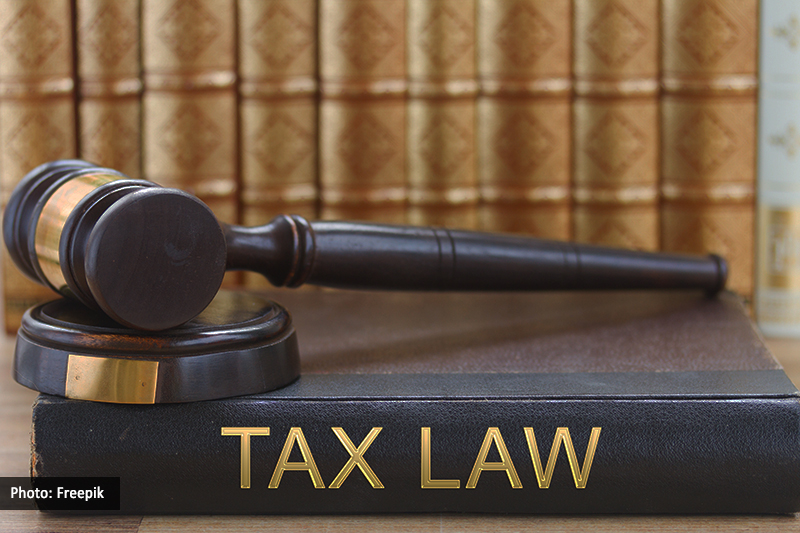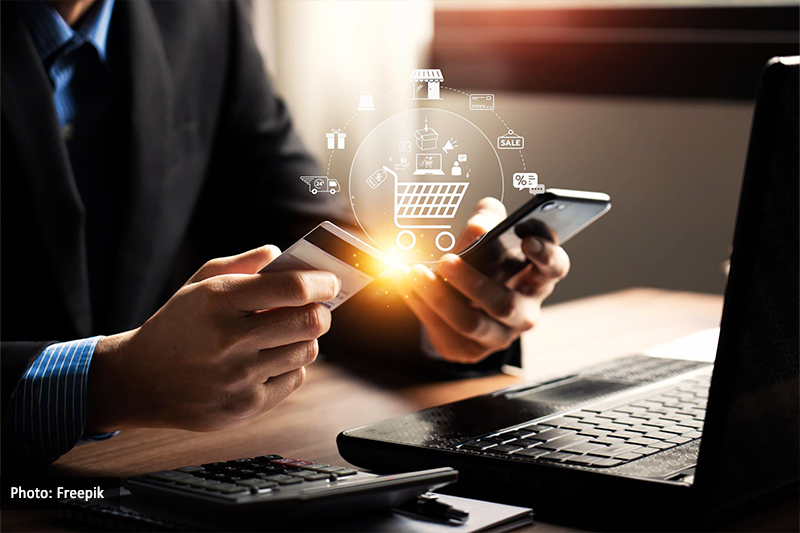THE good news is that the Philippine economy has bounced back from its two-year contraction because of myriad problems created by the worst pandemic in the post-war period. The bad news is that I don't think the government has mapped out plans on what kind of economy it wants to build. President Ferdinand Marcos Jr. should get some tips from his father.
The turnaround started in the second quarter of President Duterte's last year when the gross domestic product (GDP) surged by 12 percent from its level during the same period last year.
The economy recovered despite the immediate emergence of a new external shock: the rise in oil and other imported goods caused ultimately by the Russian invasion of Ukraine.
Its quarterly growth averaged 7.6 percent to the end of Duterte's term, with the momentum maintained during the younger Marcos' first three months in office.
The pandemic, however, had created a very serious problem that the Marcos government has to deal with. To control it and provide aid to the poor thrown out of work by lockdowns, the government borrowed a lot. Its debt as a percentage of GDP rose from 40 percent in 2019 to 61 percent.
A July 2022 study by six economists from the Philippine Institute for Development Studies, however, concluded that while the government's debt problem is huge, and must be a priority issue for the administration, it will neither lead to an economic crisis nor create such a future block to the economy's growth. But this would require "no structural break in terms of policies and institutions." In a word, the Marcos administration should follow the template of the previous government — "well-targeted spending, no fiscal-policy reversals, no weakening of fiscal institutions."
Macroeconomy
But such a healthy "macroeconomic situation" — in which rates for interest, peso-dollar and inflation are steady and ideal — is merely the environment in which the economy operates.
What is unclear to me is what kind of economy the Marcos administration thinks it should develop, which would require its assistance and shepherding.
Duterte chose a focus not strictly economic, but which nevertheless had a huge impact on investor confidence: the war against illegal drugs. The proliferation of such mind-destroying substances is one of the major reasons for rampant crime. The other focus was a massive infrastructure program, which facilitates the movement of goods and services.
Two of Gloria Macapagal Arroyo's priorities were to develop the country as a center for business processing and to build a national nautical highway, an integrated set of highway segments and ferry routes to seamlessly connect the entire archipelago.
To be fair to President Marcos, one of the country's biggest problems in the post-EDSA period has been the abhorrence for the kind of state intervention, which his father undertook to develop particular industries, as his ill-fated grand plan for 11 Major Industrial Projects (among these, a petrochemical complex, an integrated steel project and aluminum smelter) run by the private sector but partly financed by the government. The International Monetary Fund and the World Bank opposed and even subverted this plan.
Aversion
Such aversion to government involvement in developing industry became the orthodox view of Philippine economists, government officials and the business sector spread by the Yellows who put down anything associated with the late former president. These ideas were strengthened by the US and its global tools, the International Monetary Fund and the World Bank, which claimed that only and by following the "Washington Consensus" — free markets, openness to foreign capita, least government intervention — could developing countries hope to become developed (so-called because it was the shared ideology of the Washington-based US Treasury, the World Bank and the International Monetary Fund).
But China, Japan, South Korea and the Asian dragons accomplished their economic miracles — becoming fully-developed economies and overcoming poverty in just two decades — by doing the opposite of what the Washington Consensus prescribed.
For instance, China, Japan and South Korea restricted (except for a few joint ventures) their telecom firms to their citizens and to state firms. Their governments helped them through subsidized loans and through other measures such as restricting foreign-made mobile phones, thereby allowing now mobile handset manufacturers such as the Chinese Huawei and the South Korean Samsung to grow into multinationals.
Exploitation
Their exploitation of their sovereign asset (the radio spectrum) and operation in a national monopoly (their national territory and population) allowed these firms to develop their telecom industries in just three decades to rival those of the US and the West.
In our case, we even let foreign firms — the Indonesian-controlled First Pacific and the Japanese NTT in PLDT-Smart and Singapore Telecoms in Globe — violate the Constitution to become these firms' biggest stockholders. Then we left these firms alone, hoping that the free market develops the industry for the country.
We merely allowed PLDT to eat up potential rivals (such as Digitel and the aborted San Miguel-Telstra joint venture), and for the two telcos to remit billions of dollars to their headquarters abroad, rather than use their profits to expand their services and to lower their costs.
Thus we have one of the most expensive mobile and internet costs in Asia. For example, our mobile-phone cost is 2.38 percent of our per capita gross national income. That of China is 0.35; Thailand, 0.61; and Indonesia, 1.9.
Industrial policy
What China, Japan and the Asian tigers did is called undertaking "industrial policy," the opposite of the bowing to the free-market idolatry of the Washington Consensus.
South Korea in the 1980s targeted cars and electronic devices as industries it will develop by providing government assistance in whatever form and restricting their local markets from foreigners, albeit allowing some to make sure the Korean firms become competitive. Thus Kia has become a world company rivaling Ford and Toyota, and LG and Samsung leaders in electronics, even mobile phones.
A recent case of industrial policy has been China's development of its electric-car industry since. Now it has 35 electric-car manufacturers, which will soon flood the Philippines and the world.
So how would having an industrial policy look like? Some examples:
Do we put a focus on tourism? If yes, the absolute necessity would be the building of huge 5 star hotels, the kind that attracts hundreds of thousands of tourists. Do we provide the builders with subsidized interest, as Ferdinand Marcos Sr. did in the early 1970s in time for the IMF-World Bank meetings?
Do we develop our BPO industry? How exactly?
Do we put a priority on agribusiness exports? Do we undertake a program of building massive warehouses for farmers' produce?
Demand reports from our embassies in Indonesia, Thailand and Vietnam — our nearest competitors — to find out what they've been doing and planning to do to become Southeast Asia's newest dragons.
Perhaps this could be how a Marcos presidency can finally turn the country into an Asian tiger. Without the anti-Martial Law biases, the son can dismantle this four-decade grip of the Washington Consensus on us, and undertake industrial policy, inspired by his father's attempts to do so.

